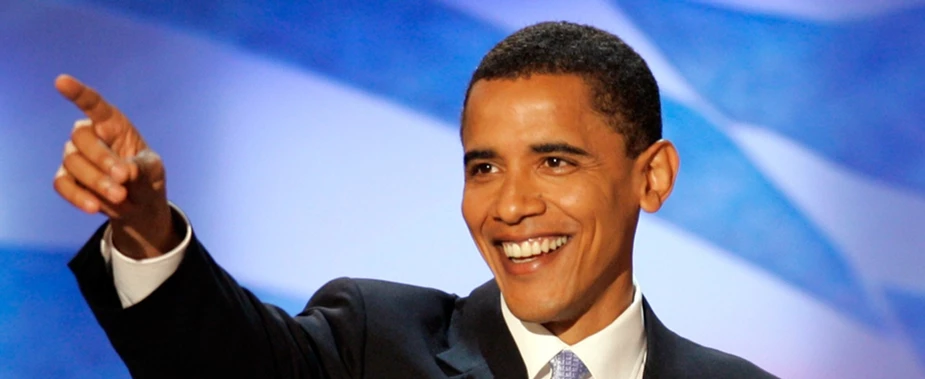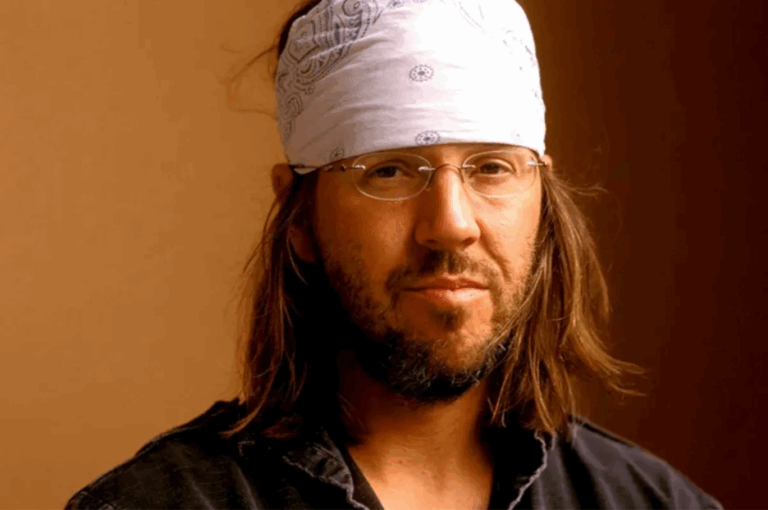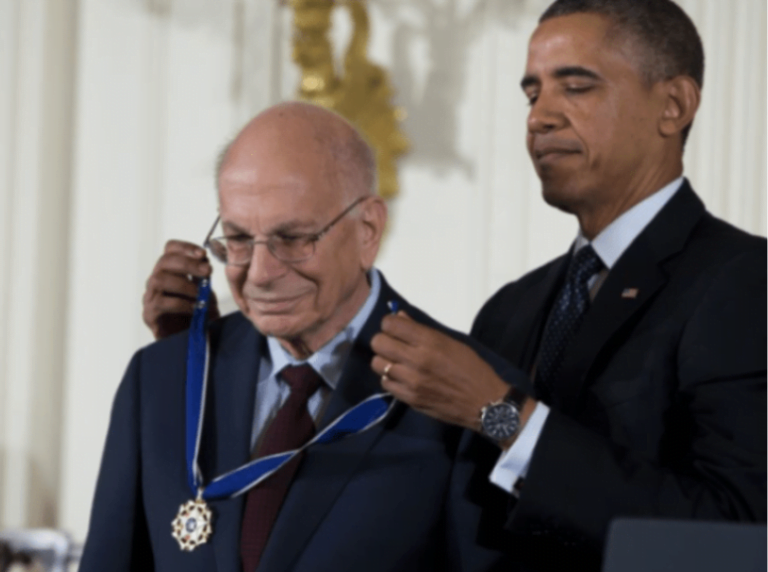Talking Big Ideas.
“I’m a big believer in the power of people’s stories
as the thing that moves people to action.”
~ Barack Obama
A young state senator gave a talk that changed the country.
Most of the people watching on TV had never heard of him. But his speech captivated the audience, catapulting the politician into the national limelight. He never looked back. Just four years later that TV audience elected him president of the United States.
Barack Obama’s 2004 Convention Speech wasn’t legendary by accident. His stage presence, voice, and facial expressions were outstanding. Clearly he practiced a great deal! Perhaps most importantly, he followed a classic formula known to elicit a positive emotional response: linking several stories together through shared values.
Professor Marshall Ganz, who played a role in getting Obama elected, calls the approach a Linked Narrative.
Ganz spent the past half century perfecting the art of storytelling for activists. He believes a powerful Linked Narrative addresses three questions posed more than two millennia ago by the sage Hillel the Elder:
If I am not for myself, who will be for me?
If I am only for myself, what am I?
If not now, when?
These questions guide us to share three vivid stories: a story of self, a story of us, and a story of now. Together, they create a Linked Narrative.
Story of Self
“If I am not for myself, who will be for me?”
A Story of Self illuminates the speaker’s core values by sharing specific moments from their past. Which can include family history. This is how Obama began his iconic 2004 speech:
My father was . . . born and raised in a small village in Kenya. He grew up herding goats. Went to school in a tin-roof shack. . . . Through hard work and perseverance my father got a scholarship to study in a magical place: America, that shone as a beacon of freedom and opportunity to so many who had come before.
Now let’s compare that with a client of mine. I recently worked with Larry Salzman on his Linked Narrative. Larry is the director of litigation for the Pacific Legal Foundation, a national public interest law firm. He began with this moment:
I have a memory from about age 14, riding my bike the four and a half miles from my home to a site where my parents were constructing a new building for our family business—an auto repair shop.
Larry explained how he developed a fascination for entrepreneurship. He then jumped forward in time to share a challenge. The building was seized through eminent domain and bulldozed. Larry showed how he faced that challenge and came to embrace his values today: living his calling as an attorney who protects entrepreneurs.
Story of Us
“If I am only for myself, what am I?”
A story of us connects our values to our audience.
After Obama explained how his family instilled him with certain values, he clarified that they are values we all hold dear:
My story is part of the larger American story . . . in no other country on Earth is my story even possible . . . tonight we gather to affirm the greatness of our nation. . . . We are one people, all of us pledging allegiance to the stars and stripes, all of us defending the United States of America.
And here’s Larry:
Together, we are standing up for creators, builders, and entrepreneurs. For independent and productive people. We are moving the law to protect them and their individual rights. . . . I’ve had the privilege of sitting second chair to Christina at the Michigan State Supreme Court, getting Uri Rafaeli’s home back.
Larry then drew attention to several other people in the room. He highlighted individuals in his audience to drive home how they share and protect the values he brought to life during his story of self.
Story of Now
“If not now, when?”
A story of now explains that we must act together as a group to protect and advance our values. The speaker may paint a vision of a better world should they succeed, or a worse world should the audience fail to act.
Obama:
America! Tonight, if you feel the same energy that I do, if you feel the same urgency that I do . . . if you feel the same hopefulness that I do — if we do what we must do, then I have no doubts . . . the people will rise up in November . . . and this country will reclaim its promise, and . . . a brighter day will come.
Larry:
The country I imagined at 14 is still here . . . it will be here, protecting individual rights for future generations, if we succeed. So, I urge you to reflect on your reasons for coming to PLF. Tap that idealism. . . . The builders, creators, and entrepreneurs that we admire need us.
Linked Narrative
Audiences are immersed in a well-crafted Linked Narrative. The speaker doesn’t talk about these values; the speaker helps the audience feel and experience them.
By effectively illuminating shared values through stories of self, us, and now, the speaker leads their audience to act.
***
![]() IDEA
IDEA
A Linked Narrative is a simulation that spurs action.
Watch the first few minutes of Barack Obama’s 2004 Convention Speech.
Politics aside, ask yourself why this talk resonates so well. Note the lack of negativity and statistics. Listen to the stories linked together. See if you feel the shared values.
***
For more on Linked Narrative, check out these resources:
- Linked Narrative Outline
- Harvard Library’s worksheet: What is Public Narrative: Self, Us & Now.
- Marshall Ganz’s essay, Public Narrative, Collective Action, and Power.
- Videos explaining how to share and improve a Story of Self, Story of Us, Story of Now, and Linked Narrative.
- Linked Narrative Scripts:
If you find this useful, please subscribe to our free weekly newsletter.




